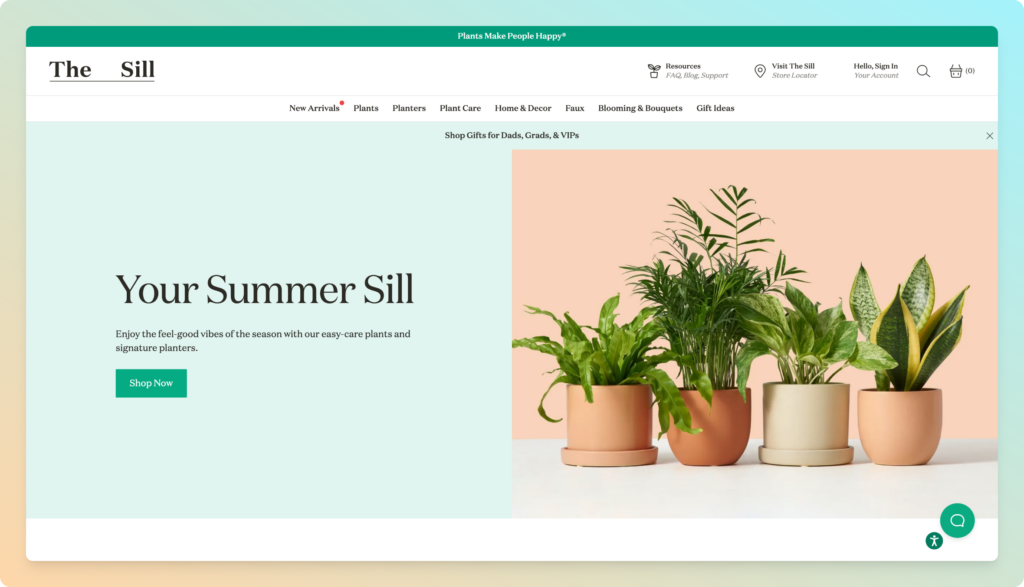In the digital age, having an effective e-commerce website is crucial for businesses to thrive and succeed. At [Your Company Name], we understand the significance of designing e-commerce websites that not only captivate users but also drive conversions and sales. In this article, we will delve into our approach to designing effective e-commerce websites, focusing on key considerations and best practices to create a seamless and engaging online shopping experience.
I. Understanding User Behavior and Goals
Designing an effective e-commerce website starts with a deep understanding of user behavior and goals. Through comprehensive research and analysis, we gain valuable insights into how users navigate and interact with online shopping platforms. This understanding allows us to tailor the design to create a user-centric experience that meets their needs, preferences, and addresses their pain points. By aligning the website with user behavior and goals, we can provide a seamless and intuitive browsing and shopping experience.

II. Streamlined Navigation and Intuitive User Interface
A well-designed e-commerce website should have a streamlined navigation structure and an intuitive user interface (UI). We ensure that users can easily find what they’re looking for by implementing clear and organized categories, search functionality, and filters. Intuitive UI elements, such as clickable buttons, prominent calls-to-action, and easy-to-use shopping carts, enhance the overall user experience and guide users through the website effortlessly.
III. Compelling Visual Design and Product Showcase
Visual design plays a significant role in capturing users’ attention and creating a positive first impression. We focus on creating visually appealing and cohesive designs that reflect the brand identity and aesthetics. The use of engaging imagery, high-quality product photos, and compelling product descriptions helps users visualize the products and understand their features and benefits. Clear pricing information and persuasive product presentations contribute to a persuasive and informative product showcase.

IV. Mobile-Friendly and Responsive Design
With the increasing use of mobile devices for online shopping, designing for mobile-friendliness is essential. We prioritize responsive design to ensure that the e-commerce website adapts seamlessly to various screen sizes and devices. This approach guarantees that users can have a consistent and enjoyable shopping experience, whether they’re browsing on a desktop, tablet, or smartphone. Mobile-friendly design elements, such as touch-friendly buttons, simplified navigation, and optimized page loading speed, enhance the mobile user experience and drive conversions.
V. Seamless Checkout Process and Trustworthy Security Measures
A smooth and secure checkout process is vital to reducing cart abandonment and building trust with users. We optimize the checkout flow by minimizing steps, providing clear instructions, and offering multiple payment options to cater to different user preferences. Additionally, we implement robust security measures, such as SSL certificates and secure payment gateways, to protect sensitive customer information and instill confidence in the online shopping experience. Trust badges, privacy policies, and transparent shipping and return policies further enhance the sense of security and reliability.

VI. Integration of Analytics and Conversion Tracking
To measure the success of an e-commerce website and identify areas for improvement, we integrate analytics and conversion tracking tools. These tools provide valuable data on user behavior, traffic sources, conversion rates, and other key metrics. By analyzing this data, we can gain insights into user behavior patterns, identify potential bottlenecks, and optimize the website for better performance and conversions. This data-driven approach allows us to make informed design decisions, refine marketing strategies, and continuously improve the user experience.
In conclusion, designing effective e-commerce websites requires a strategic and user-centric approach. At our agency, we prioritize understanding user behavior, streamlining navigation, creating compelling visual designs, and optimizing the checkout process. By combining these best practices with mobile-friendly design, trust-building security measures, and data-driven analysis, we create e-commerce websites that enhance user experience, drive conversions, and help businesses succeed in the competitive online marketplace.
Key Takeaways:
- Understand user behavior and goals to create a user-centric e-commerce experience.
- Streamline navigation and create an intuitive user interface for easy browsing and shopping.
- Focus on compelling visual design and effective product showcase to engage users.
- Prioritize mobile-friendliness and responsive design to cater to users on different devices.
- Ensure a seamless and secure checkout process to build trust and reduce cart abandonment.
- Integrate analytics and conversion tracking tools to measure performance and optimize the website.
Contact us today to discuss how we can design an effective e-commerce website tailored to your business needs and goals.
Leave a Reply